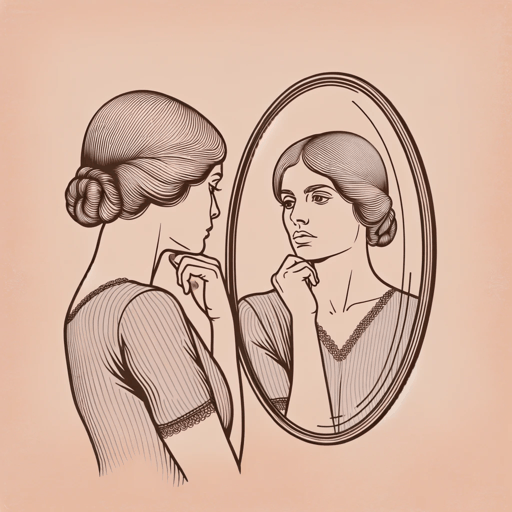45 pages • 1 hour read
Betty FriedanThe Feminine Mystique
Nonfiction | Book | Adult | Published in 1963A modern alternative to SparkNotes and CliffsNotes, SuperSummary offers high-quality Study Guides with detailed chapter summaries and analysis of major themes, characters, and more.
Chapters 12-13Chapter Summaries & Analyses
Chapter 12 Summary: “Progressive Dehumanization”
Friedan argues that the feminine mystique affects women and their children not only mentally but physically. Women attempting to conform to its dictates often suffer from a number of health complications. Some are overweight from lack of activity; others are underweight from trying to meet feminine beauty standards. Stress and anxiety cause many to suffer from irregular periods. As depression becomes more common among women, more and more women with seemingly perfect lives commit suicide.
This collection of symptoms can affect women’s children as well. Often, women unable to find an identity in their own empty lives seek one through their children; they engage in strategies like “noncommitment” and “vicarious living,” as psychiatrist Andras Angyal puts it. Angyal describes the need for all living organisms to grow and the strategies some organisms employ to avoid growth, usually because of fear. For women, these strategies range from low-stakes behaviors such as doing children’s homework for them to high-stakes behaviors like pushing daughters into sexuality prematurely.
Friedan draws on the work of psychologist Bruno Bettelheim, a Holocaust survivor who studied other concentration camp survivors, to claim that women who live under the shadow of the feminine mystique “are in as much danger as the millions who walked to their own death in the concentration camps” (367).

